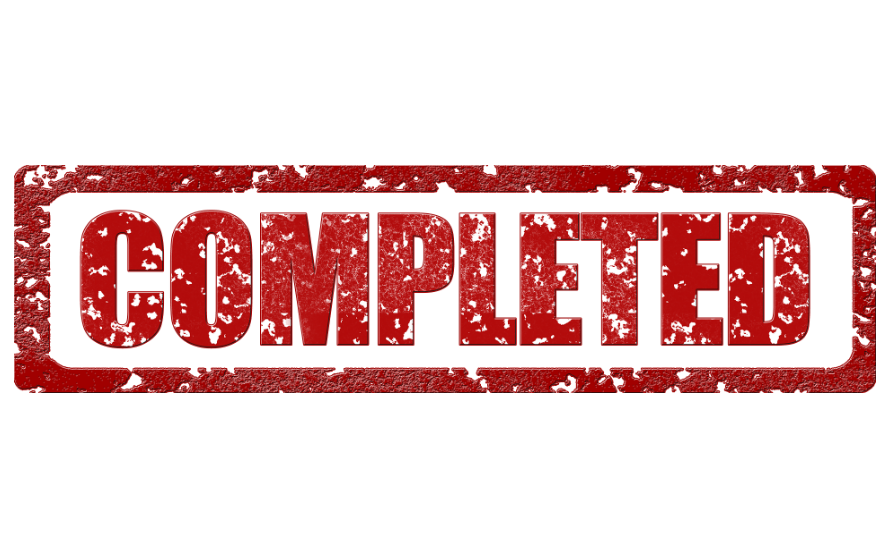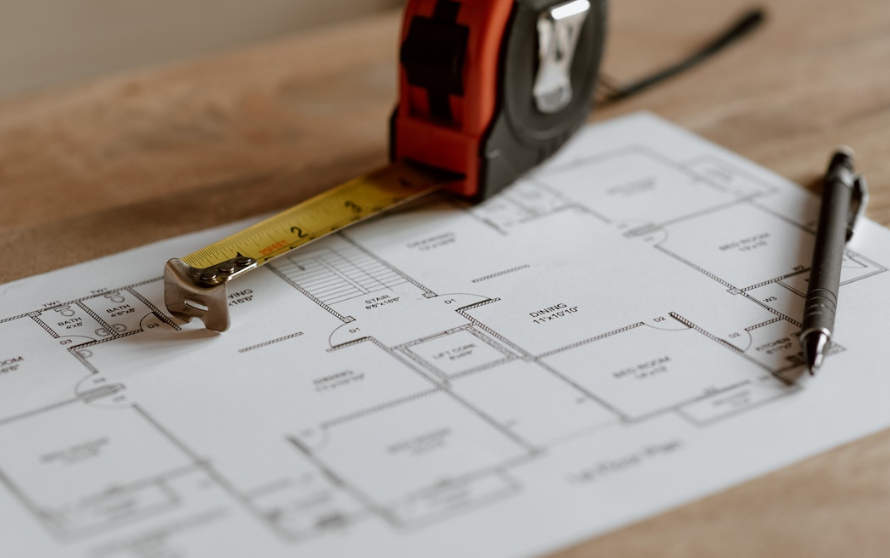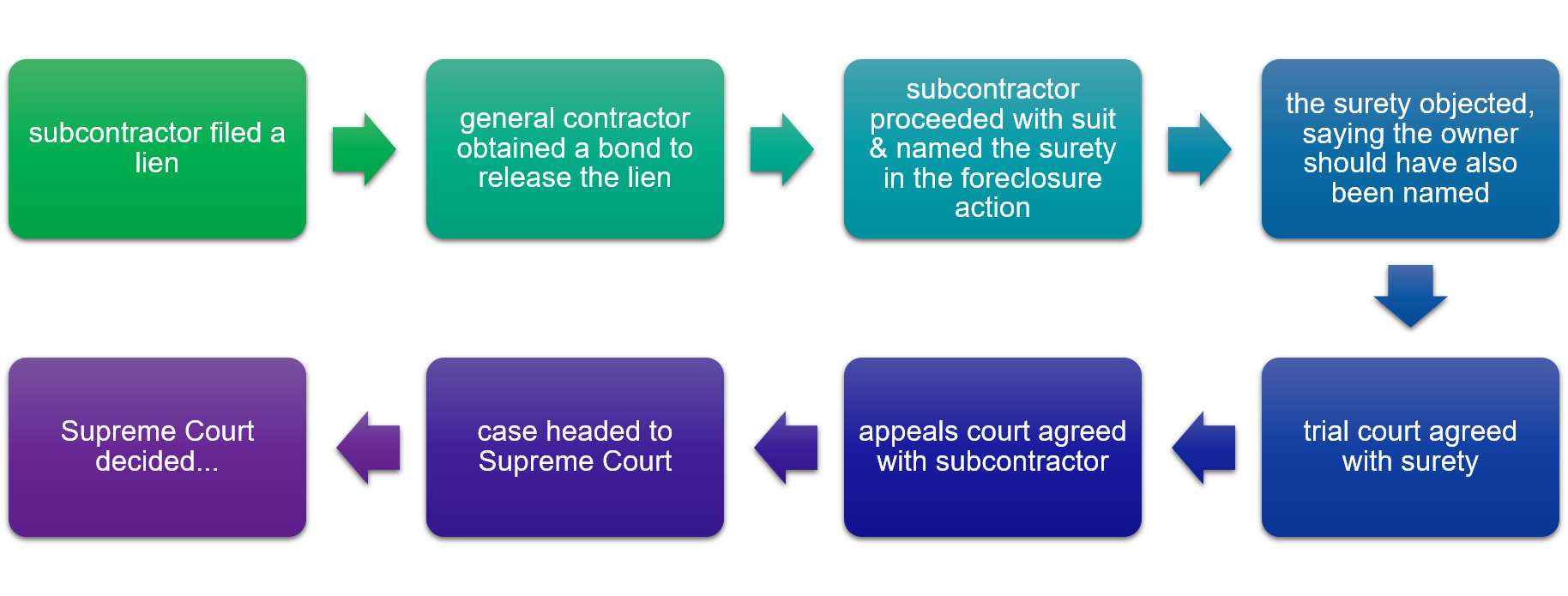
Use UCC Filings and Mechanic’s Liens to Make Your Company a Payment Priority
Businesses prioritize how, when and which vendors are paid and often pay secured creditors ahead of unsecured creditors. But why? In this article, we will review how you, as a trade creditor, can use secured transactions to ensure you are a payment priority for your customers and how you can avail yourself of legal protections, should your customer default or file for bankruptcy protection.
How Does Your Debtor Prioritize Payments?
If your debtor decides to pay 3 of its 10 creditors this month, how or why does the debtor choose which three they are going pay?
Perhaps it’s because the creditor provides a product or service that is vital to the day-to-day operation of the debtor’s business. It could be the debtor has a longstanding relationship with the creditor, so the debtor ensures they are always paid timely. Or, maybe it is because the creditor has security, either through the filing of a UCC or the service of a preliminary notice to protect mechanic’s lien rights.
Why does security make a creditor a priority? Debtors tend to pay secured creditors first, because failing to pay may result in significant consequences.
For example, if a creditor has properly perfected a security interest through a UCC filing, the creditor could leverage the UCC to repossess the goods or collect money directly from third parties. And, the service of a preliminary notice or filing of a mechanic’s lien alerts all parties involved that there is a payment issue. Once the issue is known, it’s hard to hide from it.
Payment Priority | The Leverage of UCC Filings
Article 9 of the Uniform Commercial Code was created to promote commerce. UCCs provide trade creditors the opportunity to secure goods and/or accounts receivable by using the debtor’s personal property/assets as collateral. To create a security interest, you must have a signed security agreement, record the Financing Statement to make the security interest public record and notify the prior secured creditors to establish priority in inventory.
There are two primary types of UCC filings: Blanket and Purchase Money Security Interest (PMSI).
A Blanket filing is a security interest in all assets of your customer on a non-priority basis, eliminating potential conflict with your customer’s primary lender. The priority or payout in a bankruptcy is determined by the filing date (first in time, first in right). Blanket filings are applicable when providing financing, selling services, or in situations when your customer “consumes” or otherwise does not stock your goods.
A PMSI filing provides the same benefits as the blanket filing, with the addition of the priority of repossession of specific identifiable goods, primarily inventory or equipment that your company would provide.
In the event the debtor defaults on payment or files for bankruptcy protection, the type of UCC filing in place dictates the next steps available to the creditor.
For example, if you filed a PMSI, you would first determine whether you would like your equipment/inventory back. If you do not want your goods back, you can place your claim with an attorney to file suit. By filing suit, you may receive Judgment, which allows you to garnish accounts and/or attach to assets. If you want your goods back, and your customer has the goods, you have the right to repossess without disturbing the peace. If you are unable to peacefully repossess the inventory/equipment, you could take legal action by filing a temporary restraining order or by filing suit against your debtor.
In addition to the security of the UCC filing, the Security Agreement can be used as leverage for breach of contract. Payment terms are written into every Security Agreement. Therefore, if your customer defaults, they are breaching the terms of a signed agreement.
It’s also worth mentioning that a UCC filing program has widespread benefits. Not only will a sound UCC filing program make you a payment priority, it will also minimize financial risk, reduce DSO, improve cash flow and increase sales. UCCs aren’t solely used for reducing risk; it’s about the opportunity to expand your market, by providing you with the security needed to sell to marginal accounts and by providing the added security needed to increase existing clients’ credit lines.
Payment Priority | Using the Mechanic’s Lien Process
Payment cycles in the construction industry are painfully slow. It’s all too common to see invoices age 60-90 days, and still be considered “average payment terms.” Fortunately, in construction, creditors can leverage the mechanic’s lien process to reduce DSO. More specifically, NCS clients with a sound preliminary notice program have experienced an average of a 25% reduction in DSO, with some clients experiencing reductions as high as 50%.
Much like Article 9, mechanic’s lien laws were created to promote commerce and provide creditors, who furnish to the improvement of real property, credit security. However, unlike Article 9, there is very little that is uniform about mechanic’s lien laws, as each state has its own statute.
Become familiar with the mechanics lien statute for the state in which your project is located. It’s important to know the deadlines for each action in advance, to allow ample time to follow the state’s requirements & to take advantage of every opportunity to protect your receivables.
Implementing a mechanic’s lien process is one of the greatest securities available to the construction credit professional. To leverage your position as a secured creditor, you must have a solid foundation for your mechanic’s lien process, which may include a properly drafted, executed & served preliminary notice.
A preliminary notice is a low-cost, proactive alternative to the high-cost & high-stress, reactive remedy of a collections placement. Serving preliminary notices regularly reduces the need to file a mechanic’s lien or proceed with suit actions.
— 97.3% of the time, serving a notice will get you paid.
— 99% of the time a notice and mechanic’s lien will get you paid.
— Only 1% of the time will a project go to suit.
A 97.3% success rate is HUGE and the primary driver behind that success is that everyone within the contractual chain knows you are supplying to the project and taking steps to secure your rights as a creditor – there is transparency.
Don’t be afraid! Too often, companies are led to believe that by protecting their rights to get paid, they will jeopardize projects and relationships. UCC Article 9 and Mechanic’s Lien and Bond Claim laws are there to protect creditors.
Be a payment priority; implement secured transactions.









